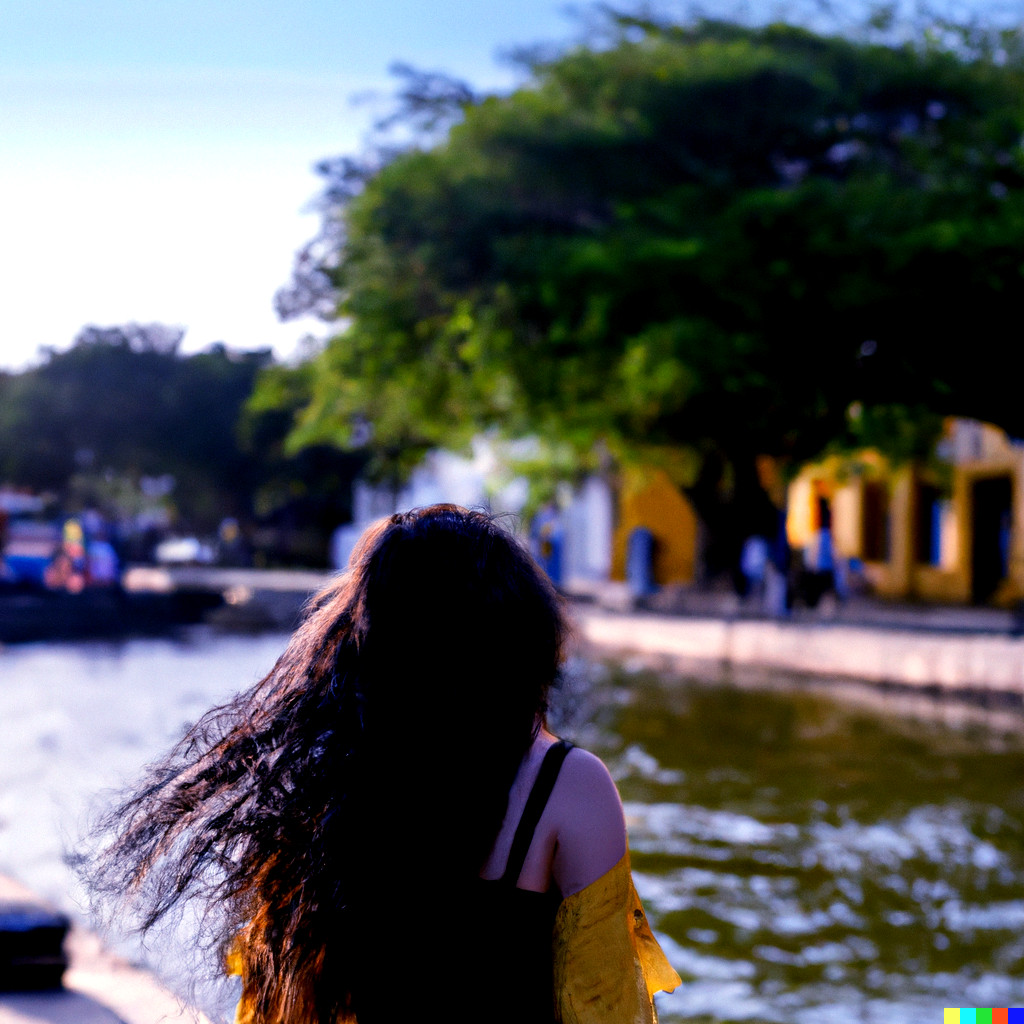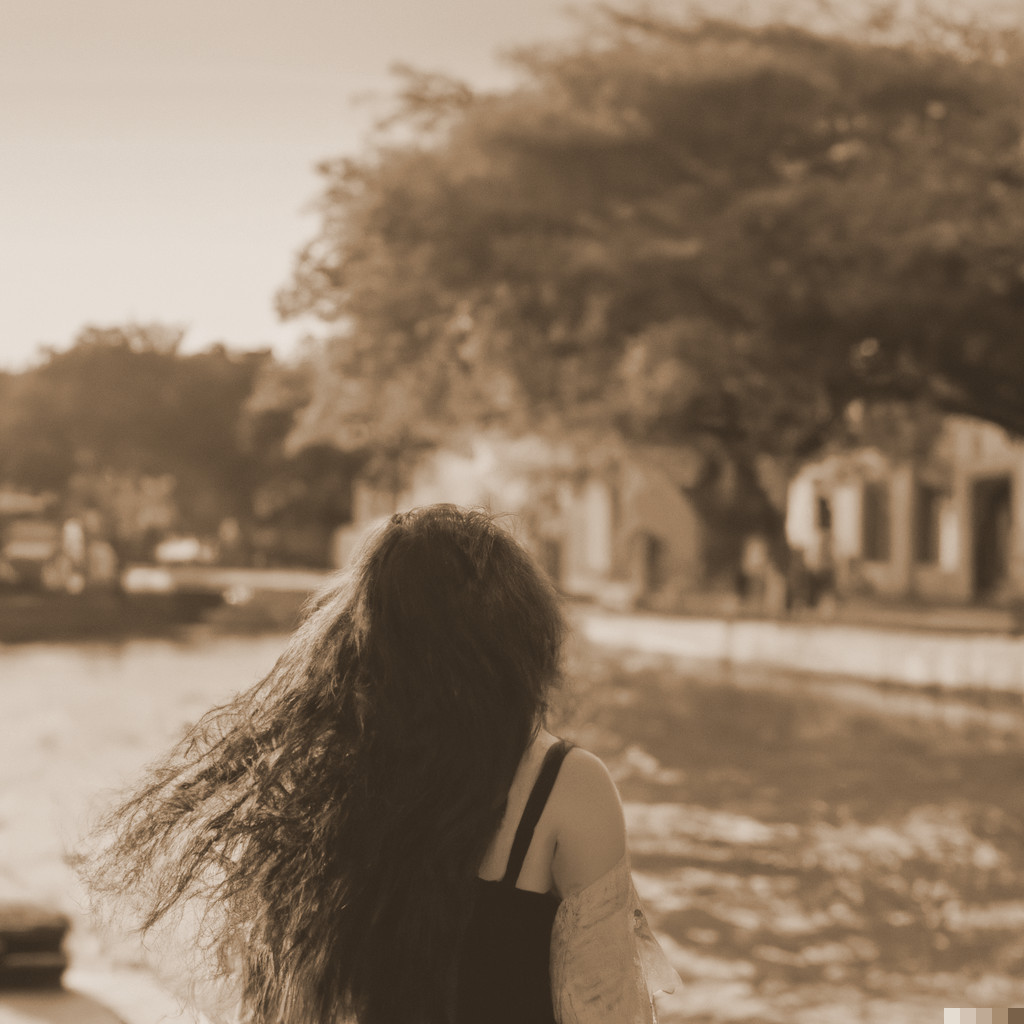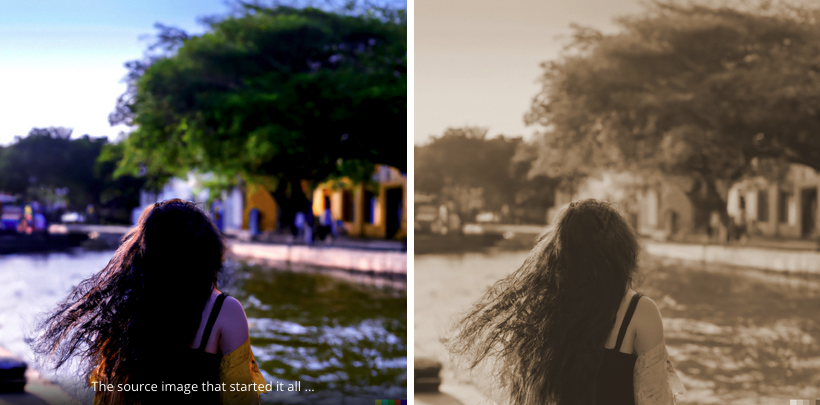The advent of AI image generators is transforming the landscape of digital creativity. These powerful tools are not just reshaping how we create and interact with images but are also redefining the boundaries of artistic expression. In this article, we delve into the world of AI image generators, exploring their capabilities, applications, and how they are revolutionizing the field of visual creativity.
The sophistication of AI image generators lies in their ability to learn from existing artistic styles and replicate them in new creations. This technology isn’t just replicating art; it’s synthesizing new forms, textures, and compositions, thereby expanding the horizons of visual expression. For artists and designers, this means a new realm of possibilities – from generating complex patterns effortlessly to experimenting with styles that might be out of their traditional skill set.


Understanding AI Image Generators
AI image generators use advanced algorithms and machine learning techniques to create or manipulate images. They analyze vast datasets of existing artwork or photographs to learn styles and patterns, enabling them to generate new, unique images that are often indistinguishable from human-created art. This technology is not just a tool but a collaborator in the creative process, offering endless possibilities for innovation.
Beyond individual creativity, AI image generators are revolutionizing advertising, marketing, and media production. These industries constantly seek fresh and innovative visual content, and AI generators provide it at an unprecedented pace. This shift is not just about efficiency; it’s about the ability to rapidly prototype ideas, experiment with different aesthetics, and produce a variety of options for clients and projects, thereby enriching the creative process.
The Impact on Creative Industries
In industries where visual content is king, AI image generators are a game-changer. Graphic designers, digital artists, and photographers are leveraging these tools to push the boundaries of their creativity. These generators can produce high-quality images in a fraction of the time it takes to create them manually, significantly speeding up workflows and allowing creatives to focus on the more nuanced aspects of their projects.
Beyond individual creativity, AI image generators are revolutionizing advertising, marketing, and media production. These industries constantly seek fresh and innovative visual content, and AI generators provide it at an unprecedented pace. This shift is not just about efficiency; it’s about the ability to rapidly prototype ideas, experiment with different aesthetics, and produce a variety of options for clients and projects, thereby enriching the creative process.
Accessibility and Democratization of Art
One of the most significant impacts of AI image generators is their role in democratizing art creation. These tools lower the barrier to entry for aspiring artists and designers, allowing individuals without formal training to experiment with and create stunning visual pieces. This accessibility is fostering a new wave of creativity, enabling a more diverse range of voices and perspectives to be heard in the art world.
The rise of AI image generators marks a pivotal moment in making art creation more inclusive. These tools are breaking down traditional barriers, such as the need for expensive equipment or years of training. Now, anyone with a computer and an internet connection can explore their creativity, giving rise to new artists and styles that might have remained undiscovered. This democratization is not just changing who creates art, but also what art is created, bringing a wealth of diverse and previously unheard voices to the forefront.
Ethical Considerations and Future Directions
As with any transformative technology, AI image generators come with their own set of ethical considerations. Issues around copyright, originality, and the potential replacement of human artists are hotly debated topics. However, the future of AI in art looks promising, with ongoing advancements that are likely to further enhance collaboration between human creativity and machine intelligence.
As AI image generators evolve, so does the conversation around their ethical use. The art community is actively discussing the implications of AI-generated art on authorship and authenticity. Moreover, there’s a growing exploration of how these tools can be used responsibly, ensuring they complement rather than replace human creativity. The future of AI in art is likely to be a collaborative one, where artists harness these tools to explore new creative territories while remaining mindful of their artistic integrity and the value of human touch in art.
Conclusion
AI image generators are more than just a technological marvel; they are a catalyst for a new era in visual creativity. By offering unprecedented capabilities in image creation and manipulation, they are opening up new horizons for artists, designers, and creatives across various fields. As we continue to explore and understand the full potential of these tools, one thing is clear: the fusion of AI and art is just beginning, and its impact on the creative world will be profound and lasting.
